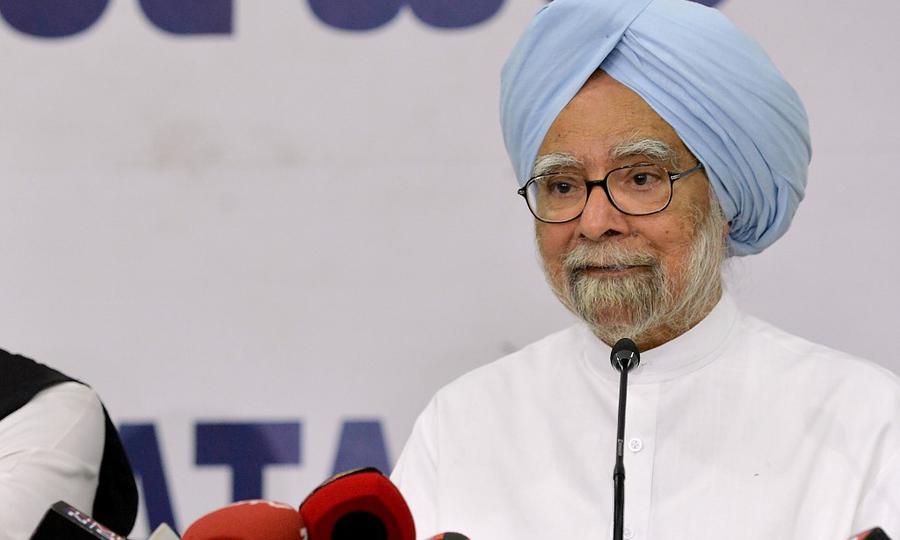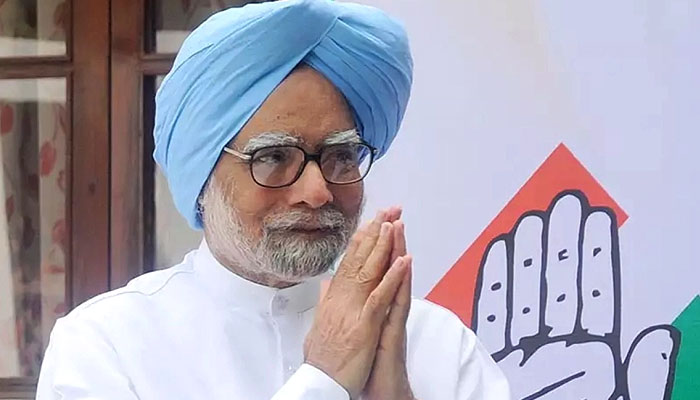ghazi52
PDF THINK TANK: ANALYST

- Joined
- Mar 21, 2007
- Messages
- 102,695
- Reaction score
- 106
- Country
- Location
Govt to simplify visa process for Sikh pilgrims
https://tribune.com.pk/story/2051117/1-govt-simplify-visa-process-sikh-pilgrims/
ISLAMABAD: The federal government has decided to include the category of ‘religious tourism’ in the online visa system that would allow Sikh pilgrims seeking to visit the Kartarpur gurdwara to be issued visas within seven to 10 days.
According to a notification issued by the Ministry of Interior, a meeting was held to simplify the visa procedure for Sikh pilgrims.
The interior secretary informed the participants of the meeting about Prime Minister Imran Khan’s instructions to simplify the procedure as a “goodwill gesture towards the Sikh community”.
Under the new category, two kinds of applicants will be facilitated – Sikh pilgrims of Indian origin who are foreign nationals. They will be considered citizens of the countries of which they hold a passport. The others are the Sikh pilgrims who hold an Indian passport but also a residence permit of another country.
The National Database and Registration Authority (NADRA) and the Ministry of Foreign Affairs will finalise a standard operating procedure to facilitate the Sikh pilgrims falling in the new category.
The Ministry of Foreign Affairs will communicate to the Pakistani Missions abroad about the new standard operating procedure.
On receiving an application from a Sikh pilgrim, the system will send guidelines to the applicant for visiting the Pakistani embassy for the verification of their credentials.
NADRA and the Ministry of Foreign Affairs will forward the standard operating procedure they finalise to the Ministry of Interior so that the cabinet’s approval can be sought for the required amendment to the policy.
Pakistan has reaffirmed its commitment to the opening of the Kartarpur Corridor in November this year on the 550th birth anniversary of Guru Nanak and urged India to show flexibility on the matter.
The announcement came after the third meeting on the Kartarpur Corridor at Attari, India on Wednesday. The meeting discussed the modalities of the draft agreement for facilitation of pilgrims to visit Gurdwara Kartarpur by using the Kartarpur Corridor.
The Pakistan delegation was led by Dr Mohammad Faisal, Director General for South Asia and the South Asian Association for Regional Cooperation (SA& Saarc) at the Foreign Ministry. The Indian side was led by SCL Das, Joint Secretary, Ministry of Home Affairs.
Both sides held detailed discussions on outstanding issues, including issuance of cards to visiting pilgrims. Dr Faisal, who is also the Foreign Office Spokesperson, said that both the sides exchanged dossiers on the corridor expansion.
In a post-meeting press briefing at the Wagah border, Dr Faisal said that Pakistan had taken unprecedented steps to facilitate the Sikh pilgrims. He urged India to show flexibility and leave political rhetoric aside.
“India needs to show some flexibility as we have taken an unprecedented initiative to reflect our commitment to the minorities,” he said, adding that another round of delegation-level talks would be held to finalise the agreement.
During the talks, the two sides agreed on visa-free travel by Indian pilgrims – in groups and as individuals. The corridor will be open all year round for 5,000 pilgrims every day, Dr Faisal said, adding that the pilgrims will be provided Langar and Prasad.
https://tribune.com.pk/story/2051117/1-govt-simplify-visa-process-sikh-pilgrims/
ISLAMABAD: The federal government has decided to include the category of ‘religious tourism’ in the online visa system that would allow Sikh pilgrims seeking to visit the Kartarpur gurdwara to be issued visas within seven to 10 days.
According to a notification issued by the Ministry of Interior, a meeting was held to simplify the visa procedure for Sikh pilgrims.
The interior secretary informed the participants of the meeting about Prime Minister Imran Khan’s instructions to simplify the procedure as a “goodwill gesture towards the Sikh community”.
Under the new category, two kinds of applicants will be facilitated – Sikh pilgrims of Indian origin who are foreign nationals. They will be considered citizens of the countries of which they hold a passport. The others are the Sikh pilgrims who hold an Indian passport but also a residence permit of another country.
The National Database and Registration Authority (NADRA) and the Ministry of Foreign Affairs will finalise a standard operating procedure to facilitate the Sikh pilgrims falling in the new category.
The Ministry of Foreign Affairs will communicate to the Pakistani Missions abroad about the new standard operating procedure.
On receiving an application from a Sikh pilgrim, the system will send guidelines to the applicant for visiting the Pakistani embassy for the verification of their credentials.
NADRA and the Ministry of Foreign Affairs will forward the standard operating procedure they finalise to the Ministry of Interior so that the cabinet’s approval can be sought for the required amendment to the policy.
Pakistan has reaffirmed its commitment to the opening of the Kartarpur Corridor in November this year on the 550th birth anniversary of Guru Nanak and urged India to show flexibility on the matter.
The announcement came after the third meeting on the Kartarpur Corridor at Attari, India on Wednesday. The meeting discussed the modalities of the draft agreement for facilitation of pilgrims to visit Gurdwara Kartarpur by using the Kartarpur Corridor.
The Pakistan delegation was led by Dr Mohammad Faisal, Director General for South Asia and the South Asian Association for Regional Cooperation (SA& Saarc) at the Foreign Ministry. The Indian side was led by SCL Das, Joint Secretary, Ministry of Home Affairs.
Both sides held detailed discussions on outstanding issues, including issuance of cards to visiting pilgrims. Dr Faisal, who is also the Foreign Office Spokesperson, said that both the sides exchanged dossiers on the corridor expansion.
In a post-meeting press briefing at the Wagah border, Dr Faisal said that Pakistan had taken unprecedented steps to facilitate the Sikh pilgrims. He urged India to show flexibility and leave political rhetoric aside.
“India needs to show some flexibility as we have taken an unprecedented initiative to reflect our commitment to the minorities,” he said, adding that another round of delegation-level talks would be held to finalise the agreement.
During the talks, the two sides agreed on visa-free travel by Indian pilgrims – in groups and as individuals. The corridor will be open all year round for 5,000 pilgrims every day, Dr Faisal said, adding that the pilgrims will be provided Langar and Prasad.
















